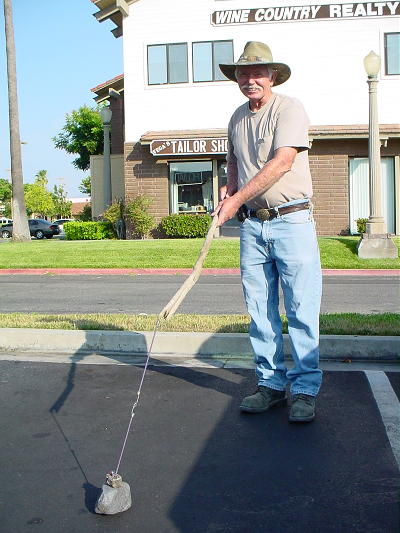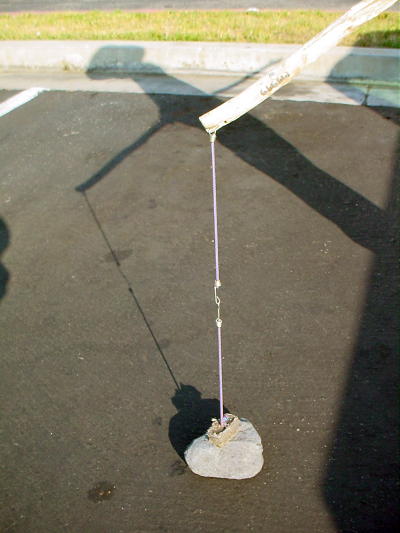An Article In Meteorite-Times Magazine
by Robert Verish
![]()
An Article In Meteorite-Times Magazine
by Robert Verish
Summer Vacation
A summer vacation is a great time to catch-up on reading meteorite literature, but if you have to hunt meteorites, there are some Safety Tips to follow.
This abbreviated version of Bob's Findings is due to a "summer vacation".
While traveling, I hope to catch-up on my reading. Take for instance, the journal that is depicted in the above image. That's the cover of the June 2009 issue of "Meteoritics & Planetary Science" (MAPS). Haven't read that one, yet, and the July 2009 issue has already arrived. Granted, that issue is the "Supplement" which gets published earlier because it has all of the abstracts from the 72nd Annual Meeting of the Meteoritical Society which was held last month in Nancy, France.
But there is just so much good information in each issue, it's not easy to keep up with all of the data that is getting published. To make my point, if you didn't read each abstract in the "Supplement", you might miss reading the very last one, which I thought was a very interesting abstract. It is entitled,
"Applications of Handheld XRF Analysis in Meteorites"
After reading that abstract, it would be easy to make the prediction that the future of meteorite-recovery will see some major changes because of the XRF analyzer.
But the XRF won't make the deserts any cooler this time of year, so I want to take this opportunity to remind those readers that still intend to hunt for meteorites on their summer vacation, about certain Safety Tips that can be crucial for hiker and travelers in the desert. I've written about this subject before, so instead of repeating myself, I'll just redirect you to my earlier article. You can do so by "clicking" on this link below:
And while were on the subject of meteorite-hunting, allow me to throw in this tidbit, which you may find interesting, especially if you haven't settled on what kind of "magnet-stick" you want to utilize while hiking.
In the image below is my fellow meteorite-recovery colleague, Dave David, holding a magnet-stick that he devised.


In any case, have an enjoyable summer, and if you head out to the desert, take all of the necessary precautions.
Bob's Findings - article titled, Update on "Slag Meteor-wrongs", in Meteorite-Times.com - July 2009.
Link to the website with the latest issue of:
MAPS Vol. 44 Supplement 2009 July

My previous articles can be found *HERE*
For for more information, please contact me by email:
Bolide*chaser
